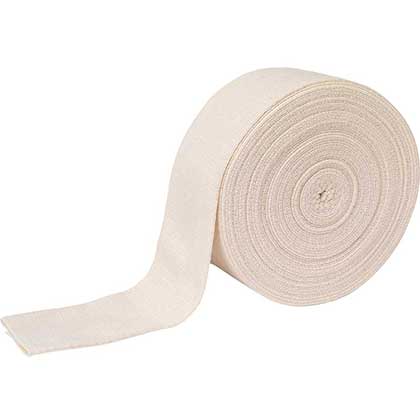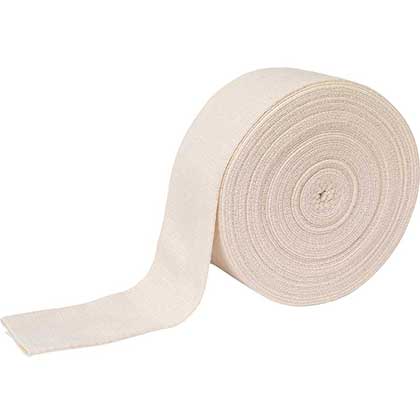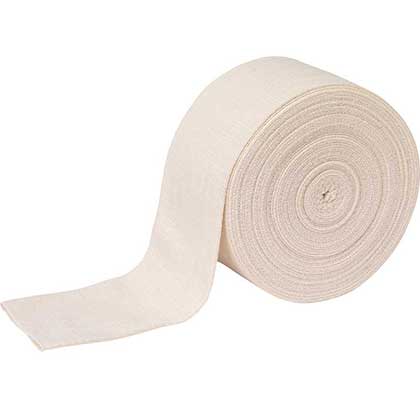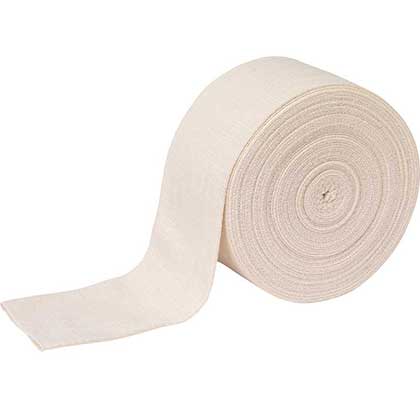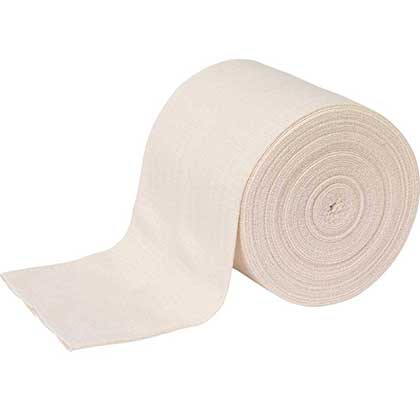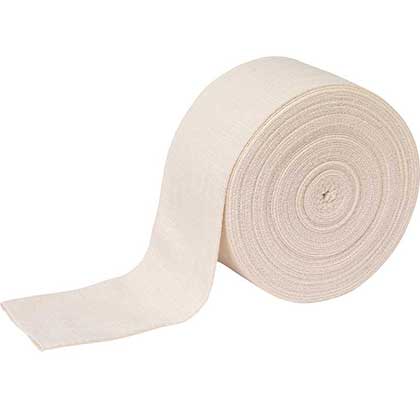
A compression bandage is a stretchy bandage designed to help support and treat injuries by restricting blood flow. They are commonly used to treat sports injuries and soft tissue injuries, such as sprains and strains.
What are compression bandages?
A compression bandage is used to wrap around an injury to provide some compression (one of the steps in the RICE and PRICE methods), as well as support.Due to their use in combatting common sporting injuries, such as sprains and strains, compression bandages are commonly found in sports first aid kits, such as those used in football and rugby.
The reason to use a compression bandage to treat injuries is that the pressure these bandages provide will be enough to restrict the blood flow slightly, thereby reducing pain levels and swelling.
What are compression bandages used for?
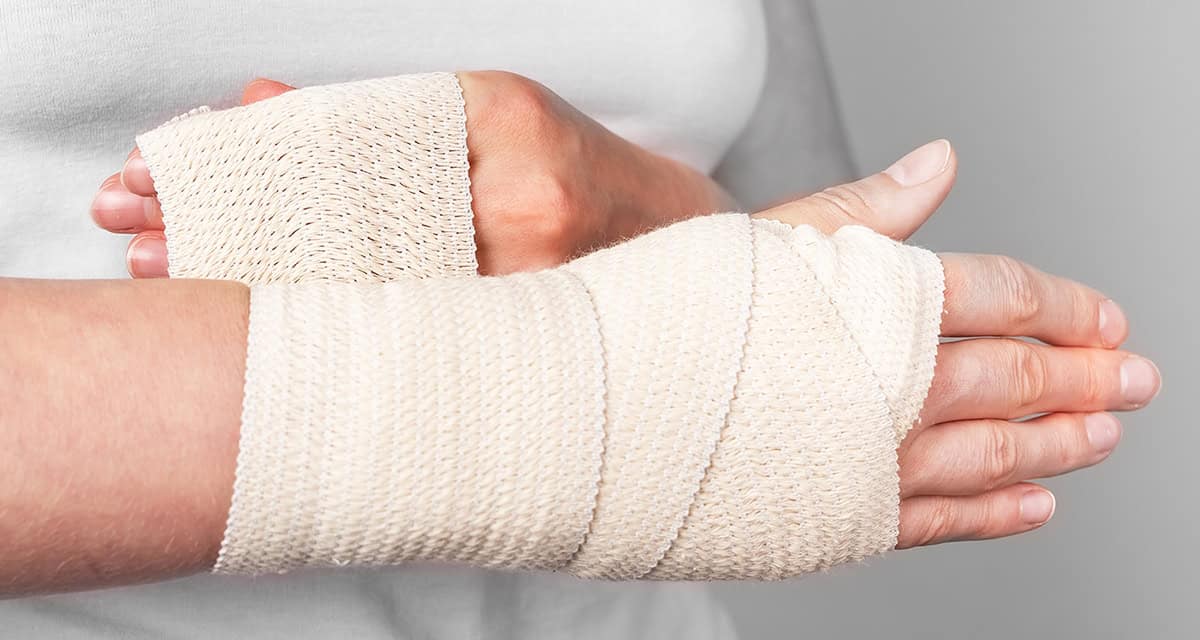
Bandages are common in most first aid kits, but there are several different types, and it can sometimes be a challenge to remember what each type is used for. So, while crepe bandages are used for support and holding dressings in place, and triangular bandages can be used to immobilise an injury, what are compression bandages used for?
Compression bandages are also known as support bandages. They are primarily used for providing support to joints and limbs after an injury occurs without restricting movement. But they are also used in the PRICE or RICE methods as a way of providing the injured joint with compression.
How to use compression bandages correctly
Usage of a compression bandage can vary depending on the location of the injury. For example, wrapping a thigh or forearm is easier than wrapping a support bandage around a joint like a knee or ankle. However, it is important to make sure that you tighten the bandage enough to prevent swelling and help to stabilise the area without cutting off blood flow regardless of the injury's location.No matter where you are using the compression bandage, to begin with, ensure it is rolled up and hold it so that the start is facing up.
If you are using compression as a part of the RICE or PRICE method, you can combine it with another step. For example, you can elevate the limb while it is in a compression bandage.
How long should you leave a compression bandage on for?
This bandage should only be worn for 24 to 48 hours after an injury. Ideally, if you are wearing the compression bandage all day, you should remove it at least twice for a couple of minutes.How tight should a tubular bandage be?
A tubular bandage should not be tight enough that it restricts circulation but tight enough to support and compress the injured area.You can tell if you have pulled the bandage too tight by checking either the fingers, if you have wrapped up somewhere on the arm, or toes, if the bandage is on the leg. If they become blue, tingly and/or numb, it is too tight. Similarly, if you press down on one and it takes longer to return to the correct colour and there is no other reason for that, you need to loosen the bandage.
Different types of compression bandages
There are several different types of compression bandages, or general bandages, that can be used for compression.Tubular bandages
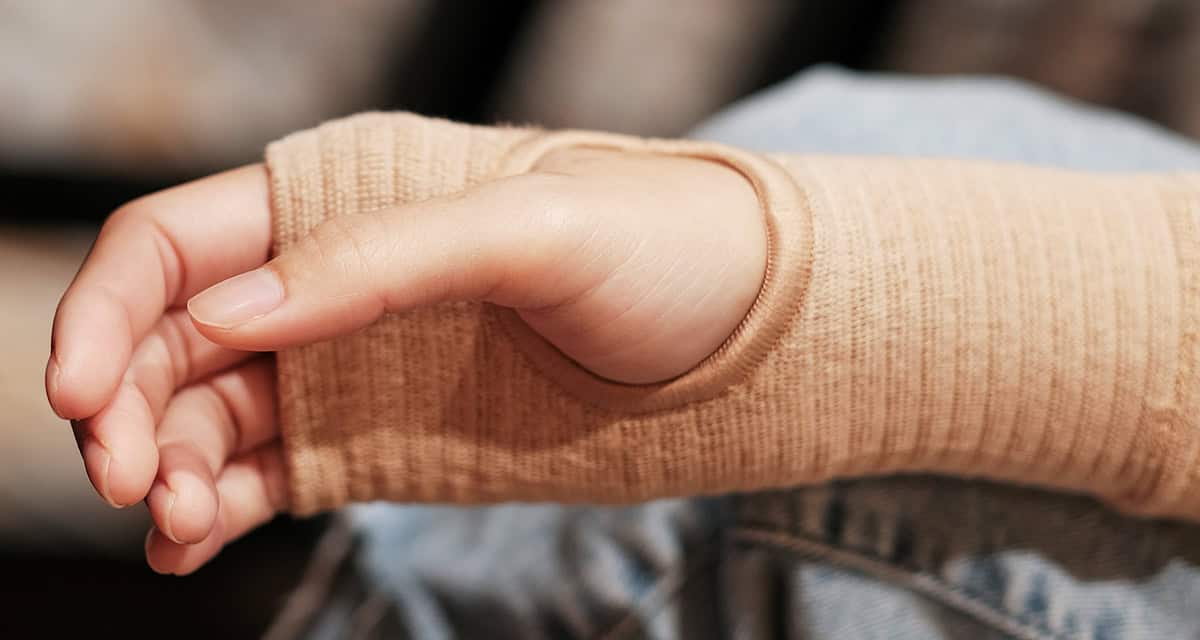
Tubular bandages are superb for use as compression bandages. As their name might suggest they come in a roll of fabric shaped like a tube, which can sometimes need a special applicator to put on. You will roll the tube over the affected area, putting your arm, for example, through the hole in the tube, then once it’s a suitable length you double the tube over.
These bandages tend to offer gentle compression to the area they are placed over and can sometimes be used under a plaster cast to protect the skin.
Tubular bandages come in different sizes depending on where on the body you will be using them, below is our size guide for this type of bandage:
| Limb Size | Wrist/Elbow | Ankle | Knee | Thigh |
| Child | A | A | - | - |
| Small | B | C | D | E |
| Medium | C | D | E | F |
| Large | D | E | F | G |
Crepe bandages
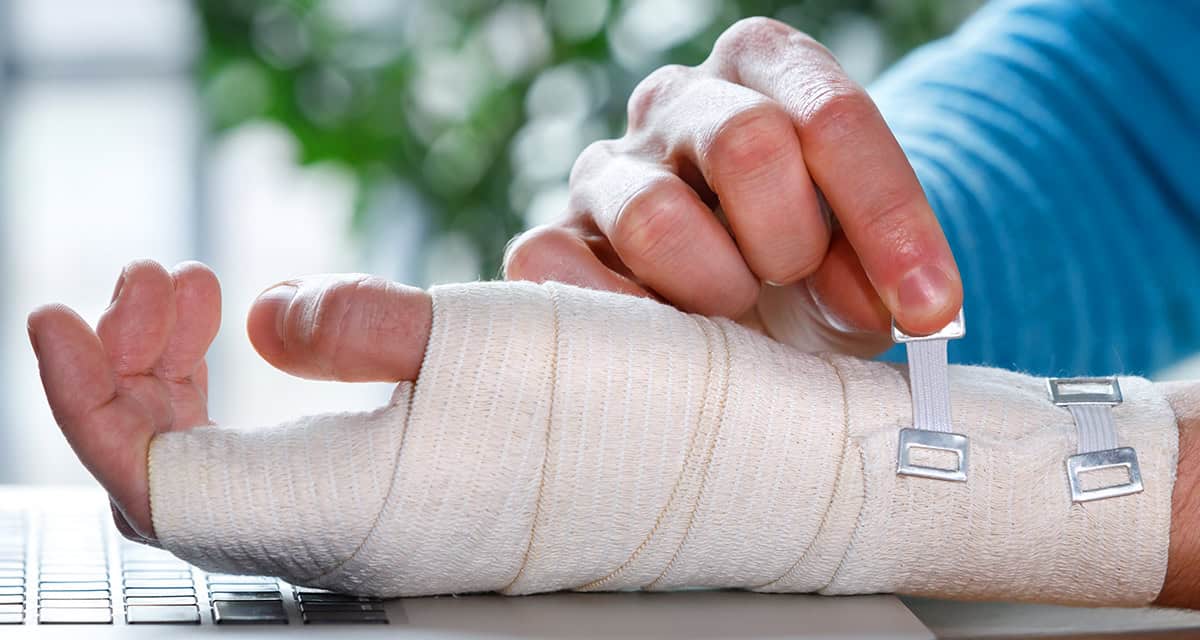
As previously mentioned, crepe bandages can be used to support injuries and hold dressings in place, however, they can also be used as a type of compression bandage.
Crepe bandages can be wrapped around joints to provide additional support and the elasticity in them makes it possible to tighten them enough to gently compress the injury as well.
Elastic bandages
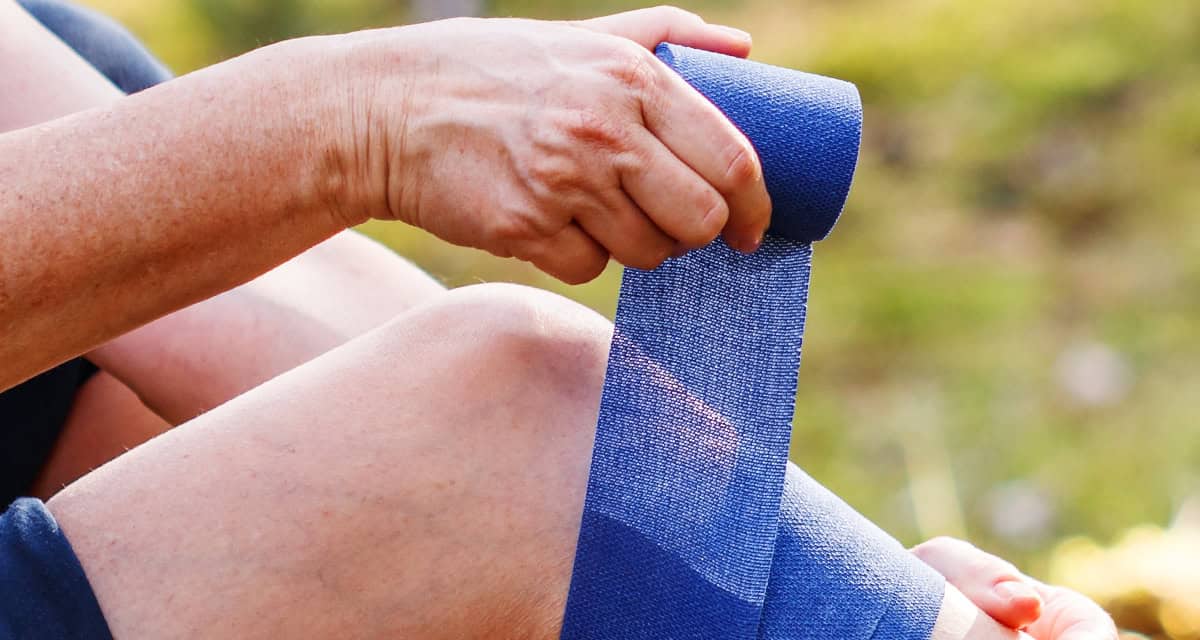
Elastic bandages are very similar to crepe bandages, in the sense that they both have a level of elasticity within them. These bandages however can offer a firmer and higher degree of compression than crepe bandages.
They can be used to help with chronic issues, such as varicose veins, as well as soft tissue injuries. Also, elastic bandages come in two different types; long-stretch and short-stretch compression bandages depending on the location of the body part you intend to use them on.
Cohesive compression bandage
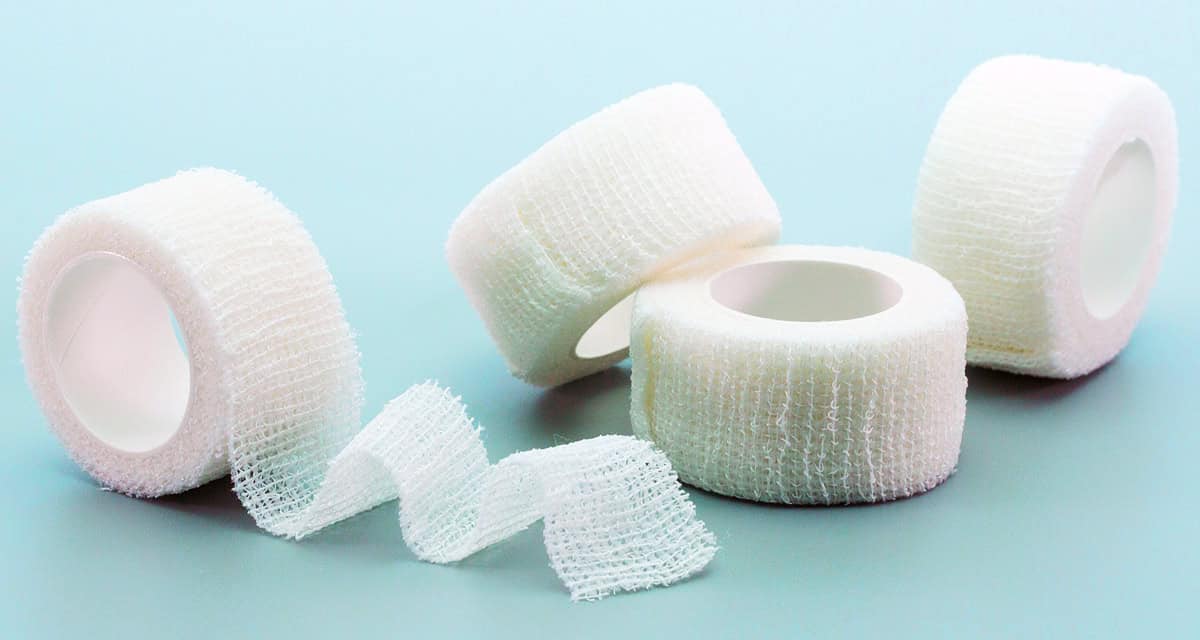
Cohesive bandages are bandages that only stick to themselves, they do not stick to skin, hair or clothes. These bandages are commonly used for securing dressings and ice packs but can also be used to provide support and compression to soft tissue injuries.
Our cohesive bandages are porous, flexible and comfortable, making them ideal for providing compression to a limb without restricting mobility or causing discomfort.
Further sports first aid advice
- Kinesiology Tape: What is it and how does it work?
- First aid kits contents list for sports: football, rugby and schools
Our compression bandages
10m Tubular bandages
5m Tubular bandages
Read our other blogs for more information on first aid or contact us for further advice and information on our products.
By Sarah Mason


